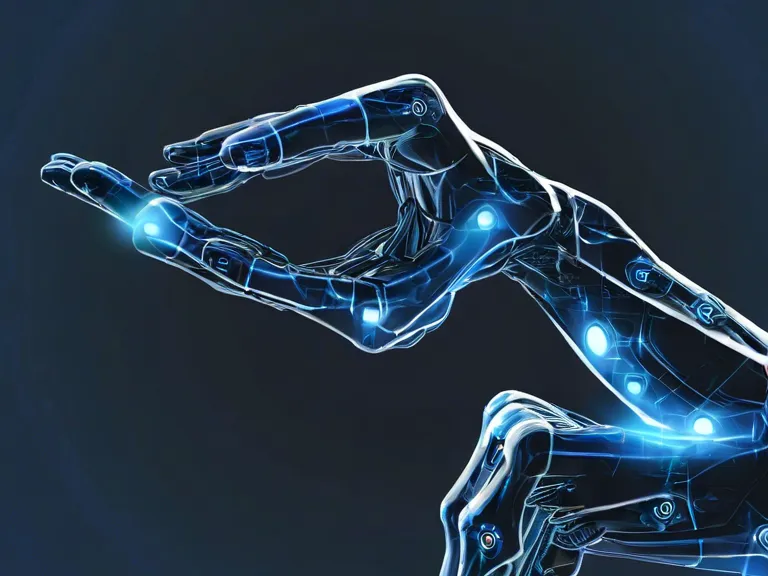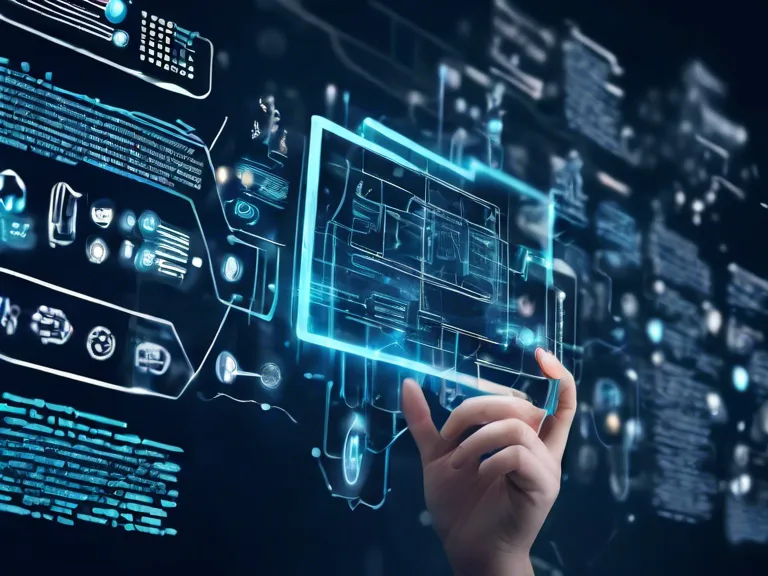
Technology is rapidly advancing, changing the way humans and machines compete in various industries. From artificial intelligence to automation, the competition between humans and machines is becoming more intense. This article delves into how technology is shaping this competition and the implications it has for the future.
One of the key ways technology is shaping the competition between humans and machines is through automation. Automation has become increasingly prevalent in industries such as manufacturing, transportation, and customer service. Machines are able to perform repetitive tasks more efficiently and accurately than humans, leading to cost savings and increased productivity for companies. This has resulted in some jobs being replaced by machines, leading to concerns about job loss and the future of work.
Artificial intelligence (AI) is another technology that is shaping the competition between humans and machines. AI has the ability to analyze vast amounts of data and make decisions quickly and accurately. This has benefits in areas such as healthcare, finance, and marketing. However, AI also raises ethical concerns regarding bias, privacy, and job displacement. Humans must compete with AI in terms of problem-solving, creativity, and emotional intelligence.
In some cases, humans are augmenting their abilities with technology to stay competitive with machines. For example, wearable devices and robotics are being used to enhance physical abilities in sports and healthcare. Virtual reality and augmented reality are being used to improve training and simulation in various industries. Humans are also using technology to enhance decision-making, problem-solving, and communication skills.
Ultimately, the competition between humans and machines is pushing both to adapt and evolve. While machines excel at tasks requiring precision and speed, humans have the advantage in creativity, empathy, and critical thinking. The key is for humans to harness the power of technology to enhance their skills and remain competitive in the workforce.


